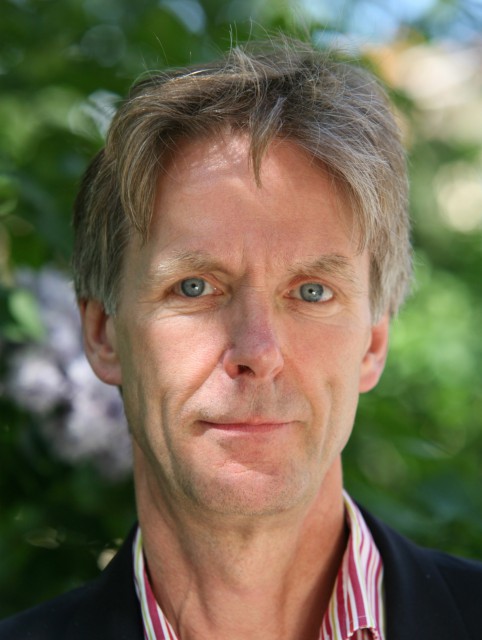Spiritus is a music video in 3 movements: Passacaglia Spiritus, Spiritus Animatus and Graal Hommage. The video is inspired by the poetry of the Swedish late 19th century poet Gustaf Fröding and the music of Johann Sebastian Bach, in particular the latter’s c-minor passacaglia for organ. The first movement, Passacaglia Spiritus, was premiered at Fylkingen in Stockholm in april 2000. The music of Passacaglia Spiritus has also been performed in South Korea during the Seoul International Computer Music Festival 2000, as well as in England and the USA that same year. The video Passacaglia Spiritus (1st movement) was performed during the World Music Days in Hong Kong in October 2002. All three movements of Spiritus were premiered at ICMC2002 – International Computer Music Conference in Gothenburg (Sweden) in September 2002
Passacaglia Spiritus (1st movement, 7’40)
Music commentary by Lennart Westman: A major feature of the passacaglia (as a form) in this movement are the 16-bars sequence in ı meter that are repeatedly executed like an ostinato, shaped as a cadenza in the key of B-flat major. These recurrent sequences – nine altogether with a finishing free coda – are performed by a four-part choir represented of singers from two Stockholm choirs: Maria Magdalena motettkör and S:t Jacobs Vokalensemble. To some extent processed and set in an electronic environment, with additional sounds from analogue modular synthesizers Buchla and Serge, the singing voices perform four lines from ‘Gralstänk’, a collection of poems of Gustaf Fröding. Theosophical speculation and mysticism characterize ‘GUD?’ (GOD?), the poem of this collection, from which the voices’ lyrics performed in Passacaglia Spiritus originate:
Gives ett All jag, evigt oändligt? Eller blott livsallt, all-ande?
Translation: Is there a Universal I, eternal infinite? Or mere universal life, universal-spirit?
Visual commentary by Gunnar Jutelius: Visual arts, words, music and sounds; how can they cooperate without one overshadowing the others? A primary question in my mind when trying to create Passacaglia Spiritus into an animated journey. To achieve these elements working together I have tried to find a common element in the words, music, sounds and visuals; their movement around the lack of movement, in stillness, quieteness and emptiness.
Spiritus Animatus (2nd movement, 4’35)
Music commentary by Lennart Westman: The cadenza is the same as in the first movement, Passacaglia Spiritus. However, there is only one sequence performed in this movement – with a prolonged duration. The meter is regular and the tempo is faster and more spiritual. Same sound material as earlier with the exception of added analogue violin parts – natural as wells as processed. There are also some piano motifs.
Visual commentary by Gunnar Jutelius: Music and Video may become music-video, misocvudeio, muddevick or whatever you want. If you let go of your ‘I’, it moves into the mystic sphere. The swedish poet Gustaf Fröding speaks about the ‘universal I’ and the ‘universal-spirit’. Transforming his words into music and video become in visual-arts something kaleidoscopic, fast moving – un unmoveable black circle with some snails passing by. My intention is not to persuade you pay your television tax – or get a ‘snail into your eye’ – no, just to allow you experience something wordless, soundless and imageless within the words, sounds and images themselves.
Graal Hommage (3rd and final movement, 2’40)
Music commentary by Lennart Westman: The title is a tribute to the poet Gustaf Fröding and his collection of poems ‘Gralstänk’. The tempo is molto vivace. Gustaf Fröding’s ‘universal-spirit’ is now fully ‘liberated’ in a symbiosis of voices and a synthezised electronic timbre.
Visual commentary by Gunnar Jutelius: What is reality? All reality is interpreted by an interpretation based on reality. The swedish poet Gustaf Fröding was occupied of the question universal-I or universal-spirit as the utmost foundation of reality. And why then try to recreate reality with a 3D-program on a computer when it is possible to inversely transform reality to a computer’s 3D- reality? That was my attempt to approach the question.
Rent this work for public screenings

